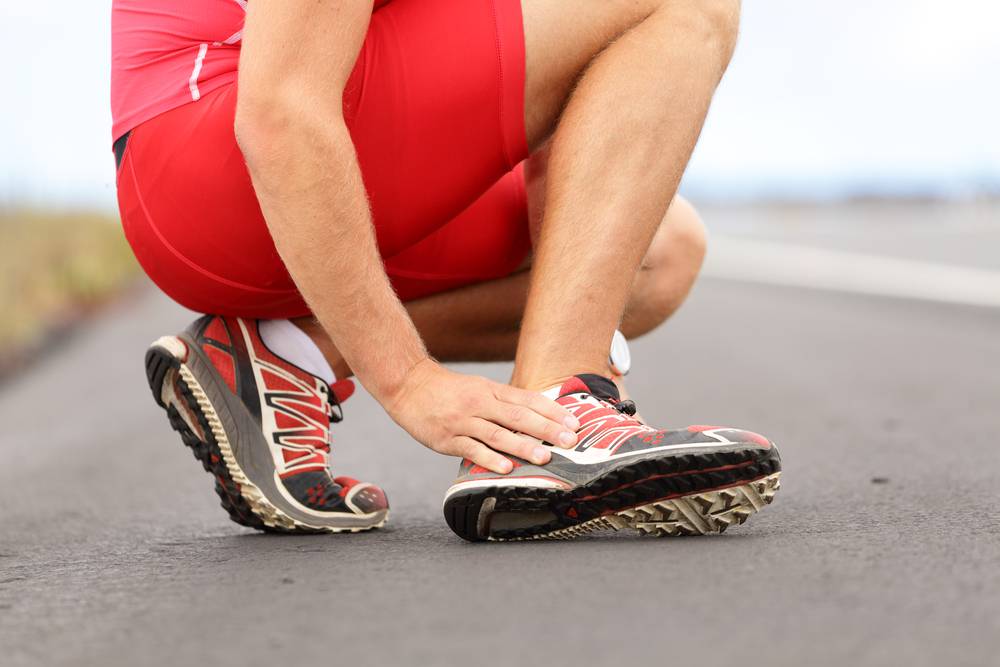 Intensity refers to load/weight and has been shown to have a significant impact on muscle hypertrophy and is arguably the most important exercise variable for stimulating muscle growth. Intensity can be recorded as a percentage of 1RM and equates to the number of repetitions that can be performed with a given weight.
Intensity refers to load/weight and has been shown to have a significant impact on muscle hypertrophy and is arguably the most important exercise variable for stimulating muscle growth. Intensity can be recorded as a percentage of 1RM and equates to the number of repetitions that can be performed with a given weight.
Repetitions can be classified into 3 basic ranges:
- low (1–5)
- moderate (6–12)
- high (15+)
These repetition ranges involve the use of different energy systems and stress the neuromuscular system in different ways. This variation of stress impacts the extent of the hypertrophic response.The use of high repetitions has generally proven to be inferior to moderate and lower repetition ranges in eliciting increases in muscle hypertrophy. This means that a load less than approximately 65% of 1RM is not considered sufficient to promote substantial hypertrophy. This is because the high rep training can bring about significant metabolic stress but the load is inadequate to recruit and fatigue the highest threshold muscle fibres.Whether low or moderate reps evoke a greater hypertrophic response has been a matter of debate as both produce significant gains in muscle growth. However, the general consensus is that the moderate rep range of 6–12 reps will optimise muscle hypertrophy.
 If you are serious about developing your physical stregth, whether by competitive running, personal training, pumping iron in the gym, or even just doing yoga you’ll know there’s a whole lot more than seven potential ways in which your body can not only protest but cause some serious troubles. Whatever your genetic strengths or weaknesses, learning to listen and respond to your body’s initial warning signs makes all the difference between a short or long recovery time and is crucial if you want to keep doing what you do well. On this article the focus is on some of the most common injuries affecting competitive runners, but the information applies to most physical workouts and regimes.
If you are serious about developing your physical stregth, whether by competitive running, personal training, pumping iron in the gym, or even just doing yoga you’ll know there’s a whole lot more than seven potential ways in which your body can not only protest but cause some serious troubles. Whatever your genetic strengths or weaknesses, learning to listen and respond to your body’s initial warning signs makes all the difference between a short or long recovery time and is crucial if you want to keep doing what you do well. On this article the focus is on some of the most common injuries affecting competitive runners, but the information applies to most physical workouts and regimes. Improving power, or explosive strength and speed is a big deal in soccer. Ask a player what he feels he needs to work on and 9 out of 10 the answer will be: "get faster and more explosive"
Improving power, or explosive strength and speed is a big deal in soccer. Ask a player what he feels he needs to work on and 9 out of 10 the answer will be: "get faster and more explosive"


